This post contains affiliate links. Read my Disclosure Policy for more information. Thanks for your support!
I had the opportunity recently to complete a commissioned crochet project for a friend and student who asked me to crochet the lovely Chevron Lace Wrap. She intends to present it to a good friend at Christmas. I enjoyed working the pattern (more about that in a minute), and she chose a really nice yarn that made crocheting the wrap an absolute pleasure.
HOW MUCH TO CHARGE

I’d never done a commissioned piece this size before, so I had to think long and hard about how much to charge. I wanted to present my customer with a price that was fair to both of us, so I set out to do some research to find out what others were charging for similar work.
Long story short, while there’s a good deal of information online about what to charge for crochet products you sell, not much information exists (at least that I could find) on how much to charge for commissioned crochet work.
I had done a sample in the past for a pattern designer who quoted a price of 15 to 20 cents per yard of yarn needed to crochet the piece. I’ve also seen this price quoted in an independent knitting designers group on Ravelry, so that’s what I went with.
My next decision was to decide which price point between 15 and 20 cents to plug into the formula that would result in the final price for the project. This task was a lot easier – I decided to pair each price point with a Craft Yarn Council skill level as follows:
If the pattern has a skill level of … Then the price per yard is …
Beginner 15 cents
Easy 16 cents
Intermediate 17 – 18 cents
Experienced 19 – 20 cents
Here’s the final formula I used to figure out how much to charge my customer:
(x cents times total yards required to create the piece) + cost to ship the finished piece to my customer = TOTAL PRICE FOR THE COMMISSION
My customer purchased and mailed the yarn to me. But if I had to purchase the yarn, that would be included in the total price charged for the work.
I would also ask for partial, non-refundable payment up front, say 40% of the total cost of the project and the other 60% when it is completed. That way, you’re sure the person requesting the commission is serious about paying you for your work.
THE PATTERN AND YARN
The pattern my customer wanted me to make was the Chevron Lace Wrap designed by Tamara Kelly of MooglyBlog.com.
The chevron lace stitch pattern is a simple two-row repeat which I learned fairly quickly, thanks to the symbol chart Tamara includes in the pattern. Have I mentioned how much I LOVE symbol charts? If you’re having trouble understanding the written instructions (through no fault of the pattern designer – it’s just a complex pattern), the symbol chart provides a visual aid to help you figure out what those written instructions are really saying.
For this pattern, I only used the written instructions to find out how many foundation single crochets I needed to start with and how to add the edging once I completed the wrap.
Finally, the H/5 mm hook size the pattern calls for is what creates the lacy effect.
My customer selected Cascade Ultra Pima Fine, 100% cotton yarn to make the wrap. I loved crocheting with this silky, sport-weight yarn. And despite the fact that the pattern called for a fingering-weight yarn, the Ultra Pima Fine worked out well since gauge wasn’t a critical factor in the fit of the finished piece. It’s a wrap, so if it’s a little larger or smaller than the pattern’s finished dimensions, no biggie. I was able to crochet fairly close to gauge, however, so it worked out fine.
And if you want a larger wrap, Tamara includes instructions on how many foundation single crochets to add to the number the pattern calls for.
COMPLETING THE WRAP
I decided to hand wash and block the wrap once I finished crocheting it. The wash (cold water, mild soap) removed any oil from my skin that may have been absorbed into the yarn as I crocheted it.
As you can see from the photo, I laid out towels over a cutting board (and the floor) and fortunately didn’t need to use any pins to hold it in place. The single crochet edging provided a firm framework for the interior, lacy fabric which made blocking a breeze.
I was expecting the wrap to take several days to dry, but it only took about 24 hours to dry completely.
MORE COMMISSIONED WORK IN MY FUTURE
I’m working on a second commissioned piece and might have a third one to do at some point. This is very labor-intensive work, but if you are a skilled crocheter then you just might enjoy it.
And if you decide to get into doing commissioned projects, be sure you are receiving fair compensation for your time and skill.

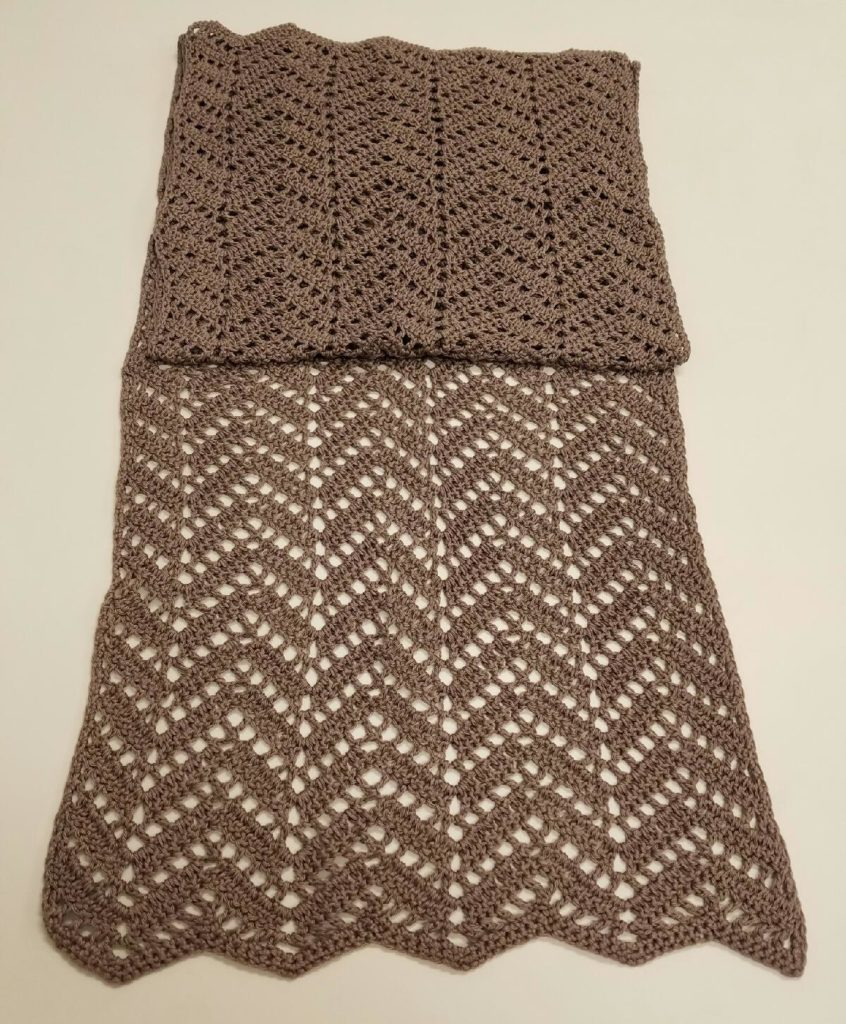
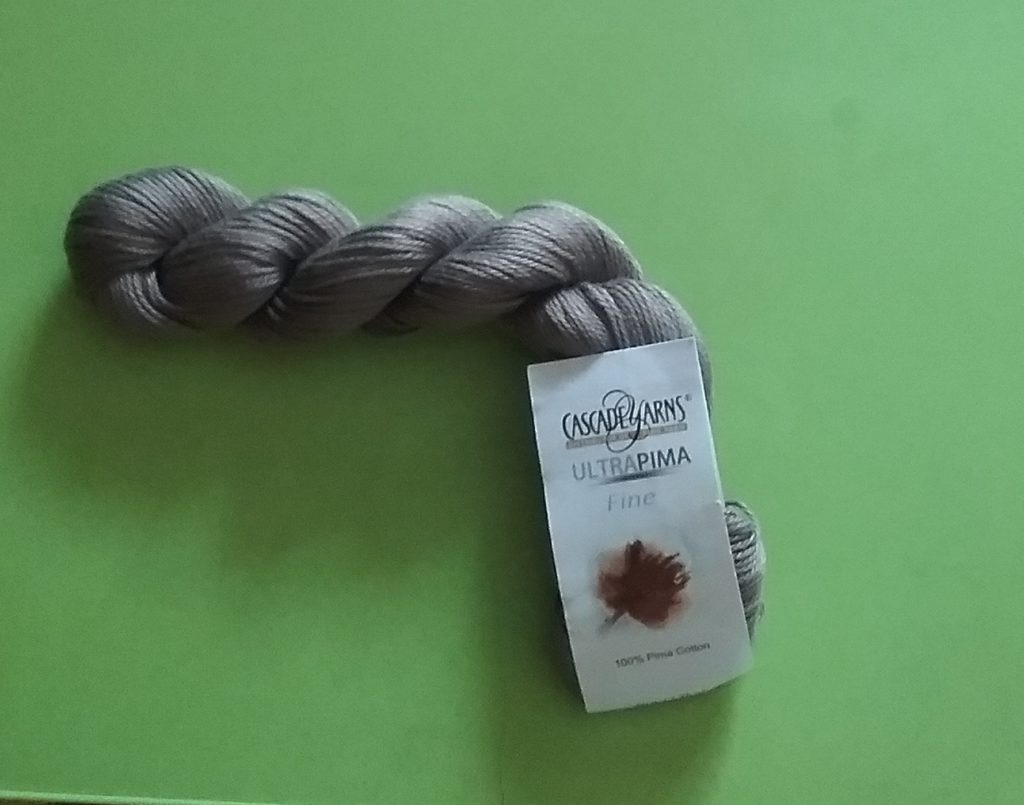
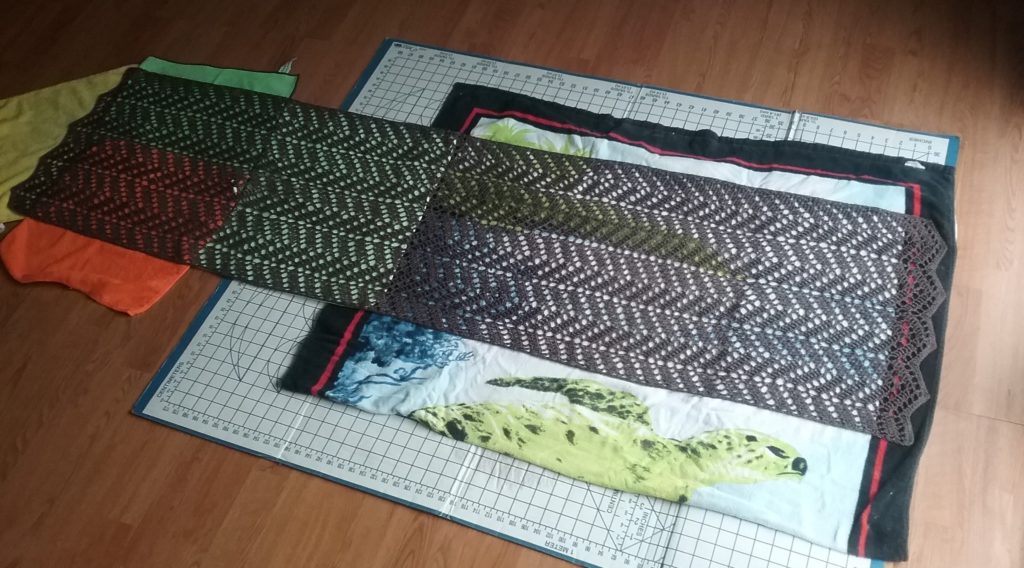



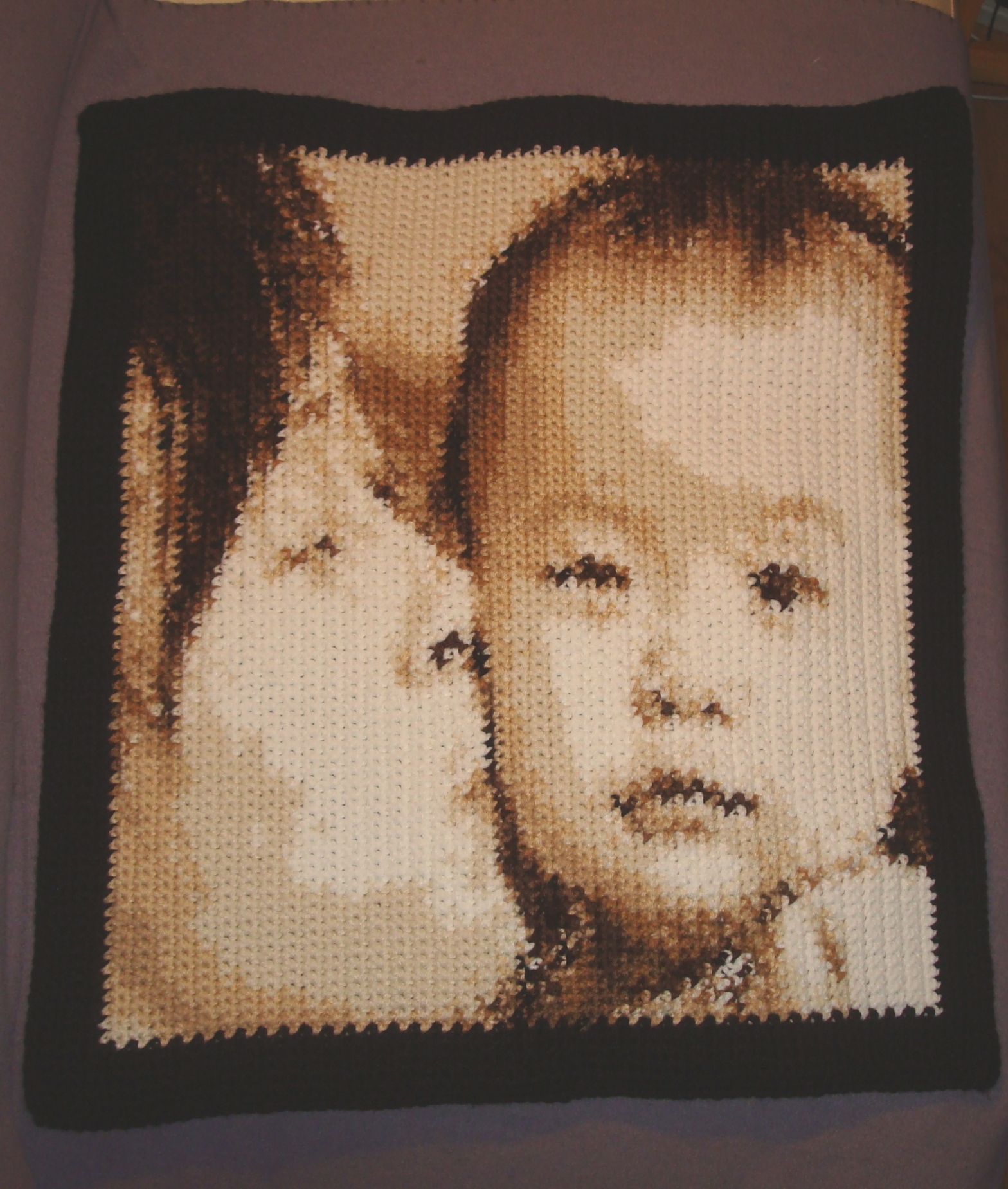
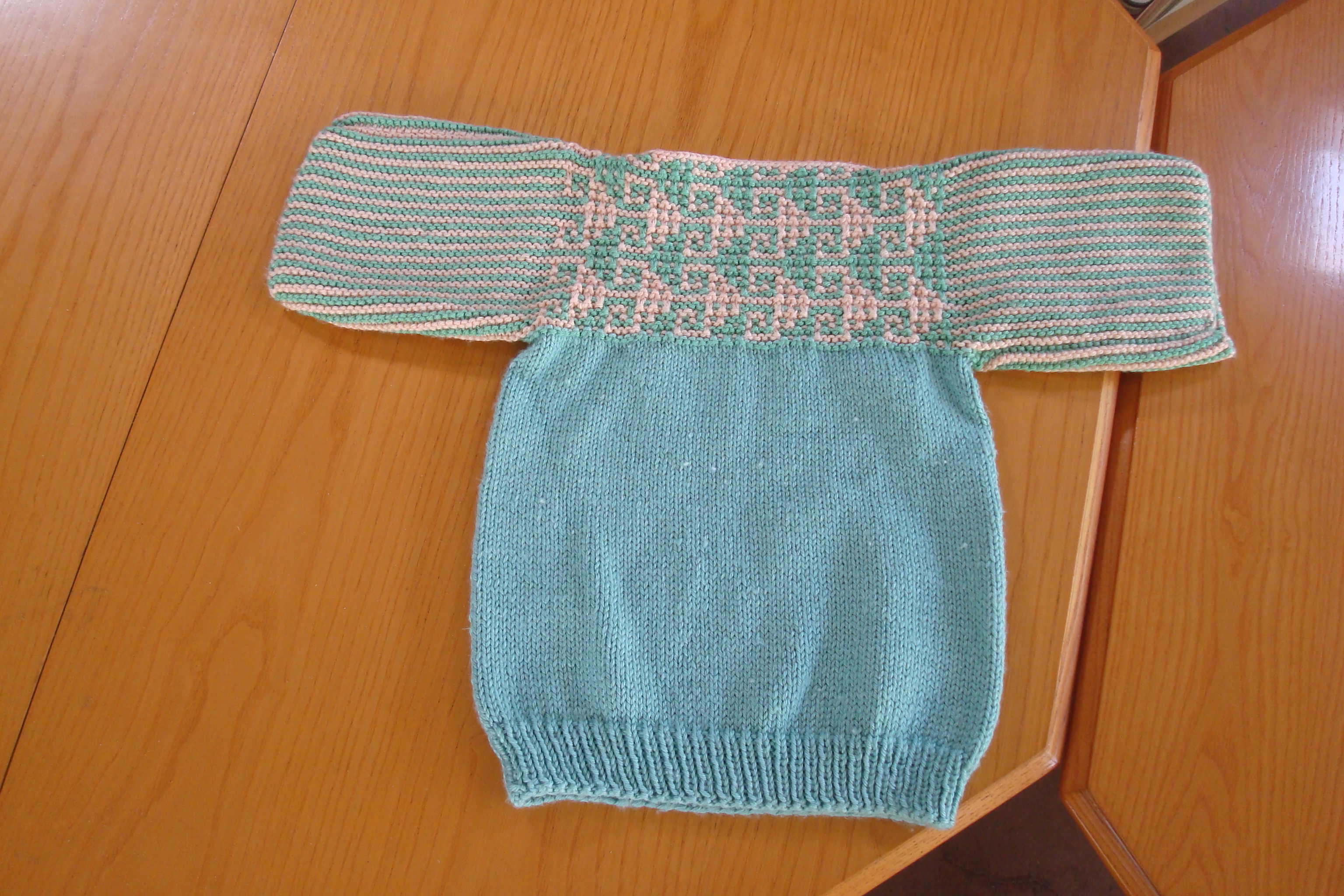
1 comments On Chevron Lace Wrap – A Commissioned Crochet Project
Pingback: Stark Cardi – A Commissioned Crochet Project – Part 2 | Yarn Over, Pull Through ()